November 19, 2020 report
Some glaciers in the Tetons found to have survived the early Holocene warming
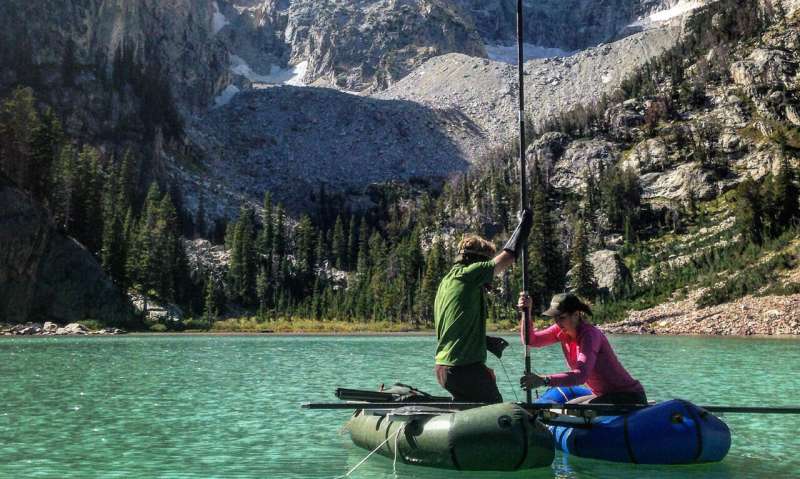
A trio of researchers, two with Occidental College, the other with the University of Colorado, has found evidence that some of the glaciers in the Tetons survived the early Holocene warming. In their paper published in the journal Science Advances, Darren Larsen, Sarah Crump and Aria Blumm describe their study of ice core samples taken from two sites in the Tetons.
As global warming continues, scientists around the world are studying prior warming periods to learn more about what might happen to the planet in the coming years. One area of great interest is the likely impact of warming on mountain glaciers—they serve as a water source for millions of people around the world. If mountain glaciers melt completely, that source could disappear. In this new effort, the researchers focused their efforts on glaciers in the Rocky Mountains.
For many years, most climate scientists have believed that all of the glaciers in the Rocky Mountains melted during the early Holocene warming. The Holocene is the current epoch—the early warming period occurred from approximately 10,000 to 6,300 years ago. But now it appears that at least some of the glaciers in the Rocky Mountains survived the warming period, though in a reduced state.
To learn more about the history of glaciers in the Rocky Mountains, the researchers traveled to the Tetons—a part of the Rocky Mountains in Wyoming. They collected ice core samples from two glaciers that are part of two distinct lake basins in the area. The researchers then performed accelerator mass spectrometry radiocarbon dating to determine the age of the ice at different strata. They also studied the composition of the ice in the samples, noting in particular the amount of debris they contained.
-
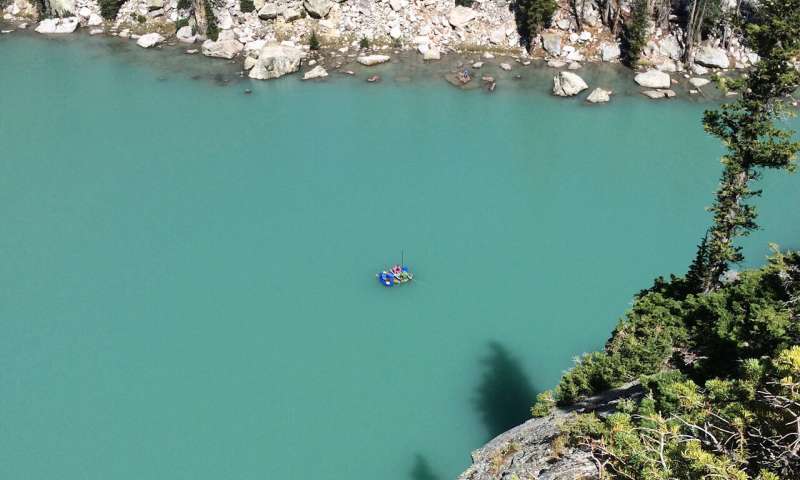
Study authors Darren Larsen and Sarah Crump and field assistant Dion Obermeyer work from lightweight rafts to collect sediment cores from Delta Lake in the summer. Credit: Simon Pendleton -
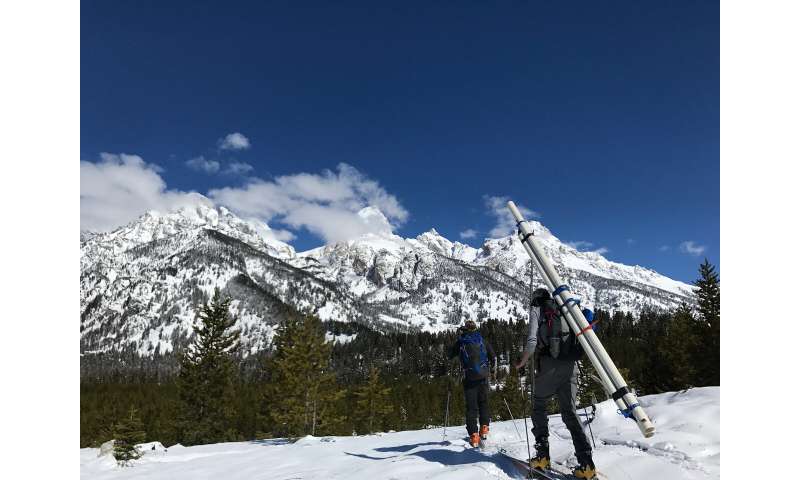
The team approaches Delta Lake on skis. Credit: Sarah Crump -
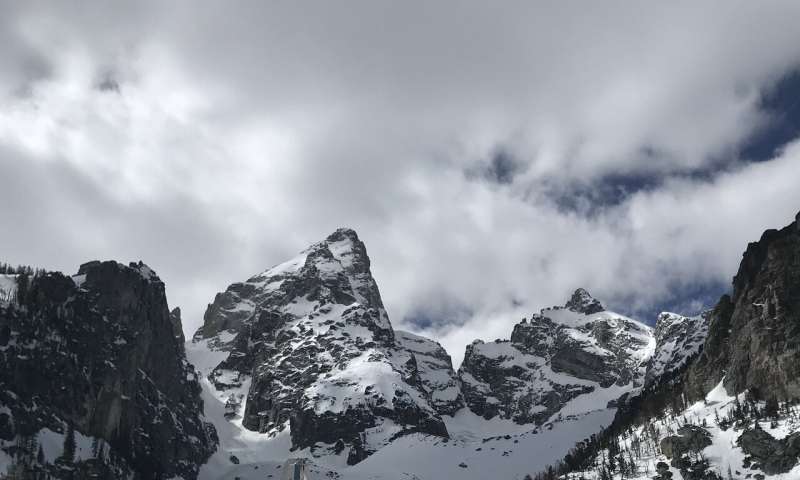
The team establishes a coring site on Delta Lake after a fresh snowfall with the Grand Teton and Mt. Owen in the background. Much of the lake coring was performed in late spring from the stable frozen lake surface. Credit: Sarah Crump -
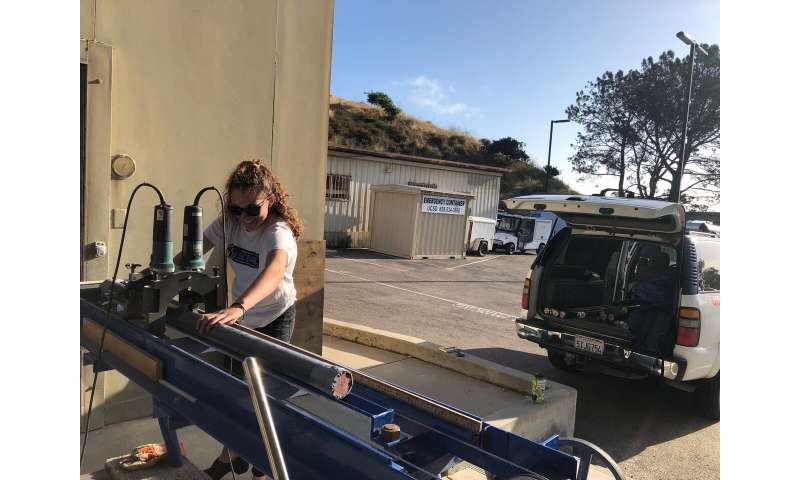
Examining a sediment core extracted from Delta Lake. Credit: Darren Larsen
The researchers found that the ice had not completely melted during the early Holocene warming, but instead had gone into a kind of hibernation. They found that the addition of rocks and other debris to the glacial field had covered the ice like a blanket, helping to keep it cold enough to survive through the warmer months.
More information: Darren J. Larsen et al. Alpine glacier resilience and Neoglacial fluctuations linked to Holocene snowfall trends in the western United States, Science Advances (2020). DOI: 10.1126/sciadv.abc7661
Journal information: Science Advances
Provided by Science X Network
© 2020 Science X Network


















